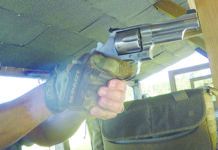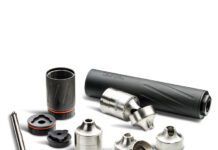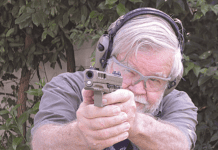Historical Results?
I was reading the January 1999 issue at work and someone asked to read the .357 article because he was in the market for one. After reading the article, he said he definitely wouldn’t buy the S&W because it came in third. I said that I owned several revolvers from all of the manufacturers, and that he should handle all the makes before ruling any out. When I looked up other articles on .357s, I found the magazine had evaluated other brands higher in the past. I know that sometimes they were not exactly the same models, but they were very close. It might be helpful if you could tell how well a gun has done in a previous review to give the reader a better overall view of the guns they are considering.
Jim Canady
Charleston, SC
We regularly report previous results in condensed form, but relying on them to gauge the current quality of similar, or even identical, models would be risky because we see quite a bit of variation year to year. Still, we’re investigating how we might make previous results available to Gun Tests subscribers over the Internet.
DAO Advantages
I was reading your good publication today when I came across a letter on double action–only triggers in the January 1999 issue. The writer of the letter wrote that he was perplexed over the logic of DAO triggers and how they contribute to inaccurate or uncontrolled shots. I have often wondered why the general public hasn’t realized the true benefits of DAO trigger systems.
For police training, transition training from revolvers is simple due to the fact that very little changes in the way the trigger is pulled. As a firearms instructor for over 25 years, I can attest to the difficulties of training students on a weapon system that changes trigger pulls after the first shot, which makes the double-action/single-action systems a training challenge. Single-action pistols are fine if the student trains to a competent level and maintains it. DAO systems are a good compromise because every shot is the same and there’s less chance of an accidental (negligent) discharge.
The writer of the article referenced a shoot-out where more than 80 shots were fired and no one was hit. That is pure and simple a matter of inadequate marksmanship training and not a weapon’s trigger system design.
If you or your readers have any doubt about the advantages of double-action shooting over single-action shooting, they should attend a Police Combat match and watch those competitors shoot the entire course, including 50 yards, in the double-action mode with their revolvers.
As a retired police officer skilled in all types of handgun weapon systems and a three-time state champion, I understand the true advantages of double-action shooting. I just wish everyone else did.
Sgt. Gary Crane (Ret.)
Ridgefield, WA
























